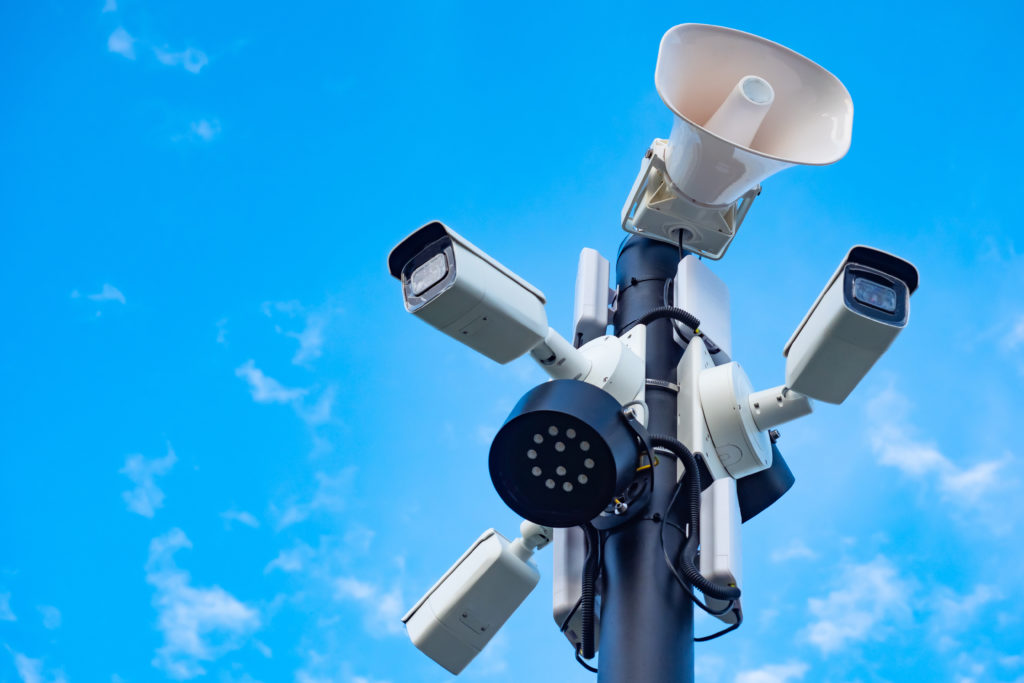The topic of trade surveillance can frequently elicit groans of frustration from RIAs and wealth management firms. The task of screening for and addressing potential market manipulations and unsuitable trades seems overwhelming in the face of millions of data points and outdated compliance processes. Luckily, there are ways to navigate an update to your trade surveillance system that will save your firm time and energy. Here are three tips to keep in mind when optimizing your trade surveillance systems.
Understanding Why Trade Surveillance is Challenging
Before evaluating your current trade surveillance process, take time to understand the overarching problems that firms have faced when attempting to monitor trading behavior. Historically, automated trade monitoring has translated into vast reports of false-positive cases. These “false alarms” can result in relationship managers (RMs) spending up to 60% to 70% of their work time on non-revenue generating activities. Typical trade surveillance identifies relevant data sources, generates alerts of potentially non-compliant activity, and completes time-intensive reconstructions of potential abuse scenarios. Then, if abnormalities are discovered, firms must take steps to remediate the issue and document the results.
Even worse, the effort put into adequately investigating all these false positive alerts resulted in a system that was “no longer managing risk in any real sense.” Not only were RMs essentially wasting their time, but real threats — initiated by traders clever enough to work around existing regulatory measures — went undetected.
Recently, the regulators have enacted increased regulation regarding trade surveillance, which means that wealth managers must take additional measures on the individual firm level to ensure compliance. As recently as December 2021, the SEC proposed new rules that would update compliance and security requirements for traders. In addition, legacy IT and surveillance systems have increasingly become defunct as more legislation requires data-intensive and consistent monitoring of risk signals. As a result, firms need flexible and automated solutions to handle the influx of tracked data and keep them compliant with updated regulations.
Update Your Digital Surveillance System
Another tip when addressing trade surveillance is to think long and hard about your current tech stack — and the type of functionality you might need in the future. Are you using a system that is no longer supported or being enhanced by the provider?
Better analytics tracking systems allow for higher quality alerts and a more transparent, overarching picture of your firm’s surveillance efforts. According to Allied Market Research, the market size of the global trade surveillance system was valued at $780.26 million in 2020, with a projected value of $2.25 billion by 2028. This increase speaks to the high level of trust many financial institutions place in automated, artificially intelligent (AI) monitoring systems. Proactive programs are on the rise and allow organizations to better predict future risk and problematic trader behavior. Similarly, relatively new natural-language processors that intelligently analyze voice and text data for anomalies. Better data collection combined with improved analytics opens up new avenues for firms to enhance their trade surveillance efforts.
An additional advantage of more sophisticated trade surveillance systems is minimizing the number of false-positive alerts. For example, older software processed 10,000 alerts per day and often failed to identify even one confirmed case of abuse. More accurate analytics combined with machine-learning algorithms offer better comparison techniques for weeding out bad behavior and ignoring the more run-of-the-mill trader activities. Metadata analysis allows better visibility into potentially problematic patterns and may help determine intent when dealing with fraud allegations.
Finally, the best trade surveillance tech stacks will include software that provides some form of holistic data aggregation. A review of non-trade items such as accounts, employee records, positions, data changes, licenses & appointments and sales notes, together with trade activity provides a much more complete picture of enterprise risk and a fuller context for evaluating individual transactions. Since RIAs and wealth management advisors interact with their clients in various ways, platforms need to combine voice, written, and automated data into one view that allows firms to take in trade information at a glance.
This move toward “Big Data” requires surveillance technology to accept various formats while delivering a consistent, reliable output to the end user. Ideally, your future trade surveillance system will handle unstructured, ordered, and automated data in a secure, effective way that makes compliance and fraud detection easier and less time-consuming. When it comes down to it, spreadsheets are just not going to cut it in a twenty-first century surveillance environment.
Make Trade Surveillance Central to Your Organization
AI and new tech are great, but internal employee processes must also be adjusted when optimizing trade surveillance systems. Workflow — a combination of digital tools and well-defined manual processes — should be adaptable and allow for as much captured detail on client-trader communication as possible. EY advises firms to develop a strong governance framework that details how to address incidents of fraud and determine culpability. This internal hierarchy could include the order of operations for when alerts are identified, ensuring that the right people take action on the most critical alerts first.
Crafting an employee culture around risk management and ethical practices can also be a critical differentiator for firms practicing successful trade surveillance. Ensuring that risk evaluators follow established processes when critical alerts are identified and complete thorough, accurate investigations — as opposed to quickly opening and closing cases just to “check off the compliance box” — is important to any organization serious about upgrading their surveillance efforts. Ultimately, digital solutions for trade surveillance lose their impact when company culture still enables fraud to occur. Adopting intelligent tech stacks and internal best practices when dealing with potential fraud cases will better ensure that your firm practices effective and compliant trade surveillance.




